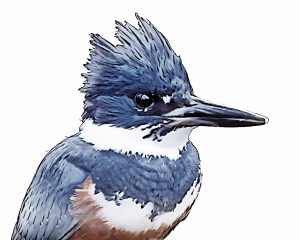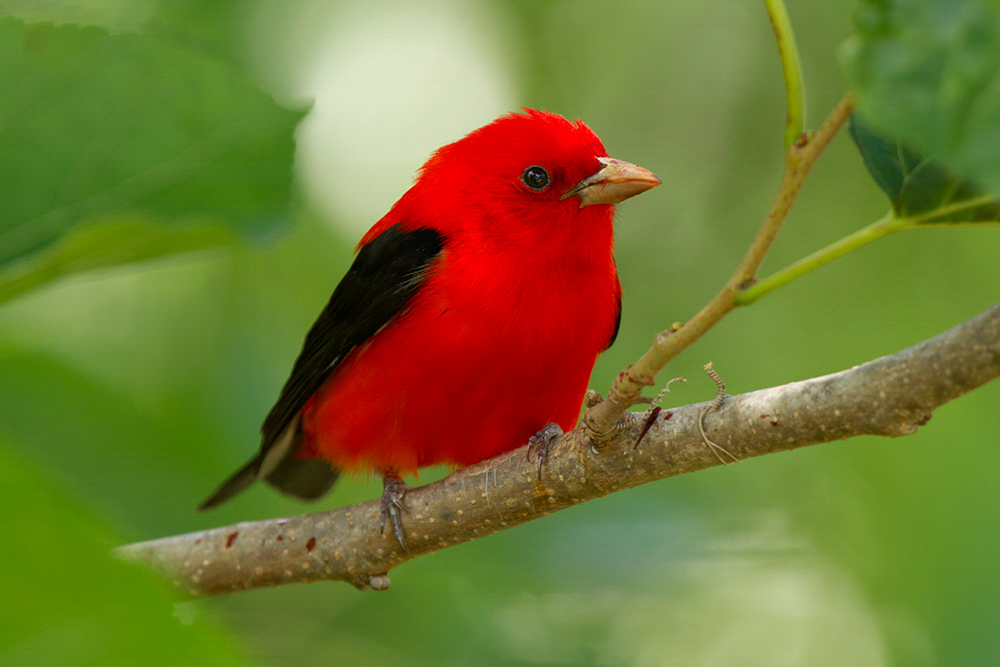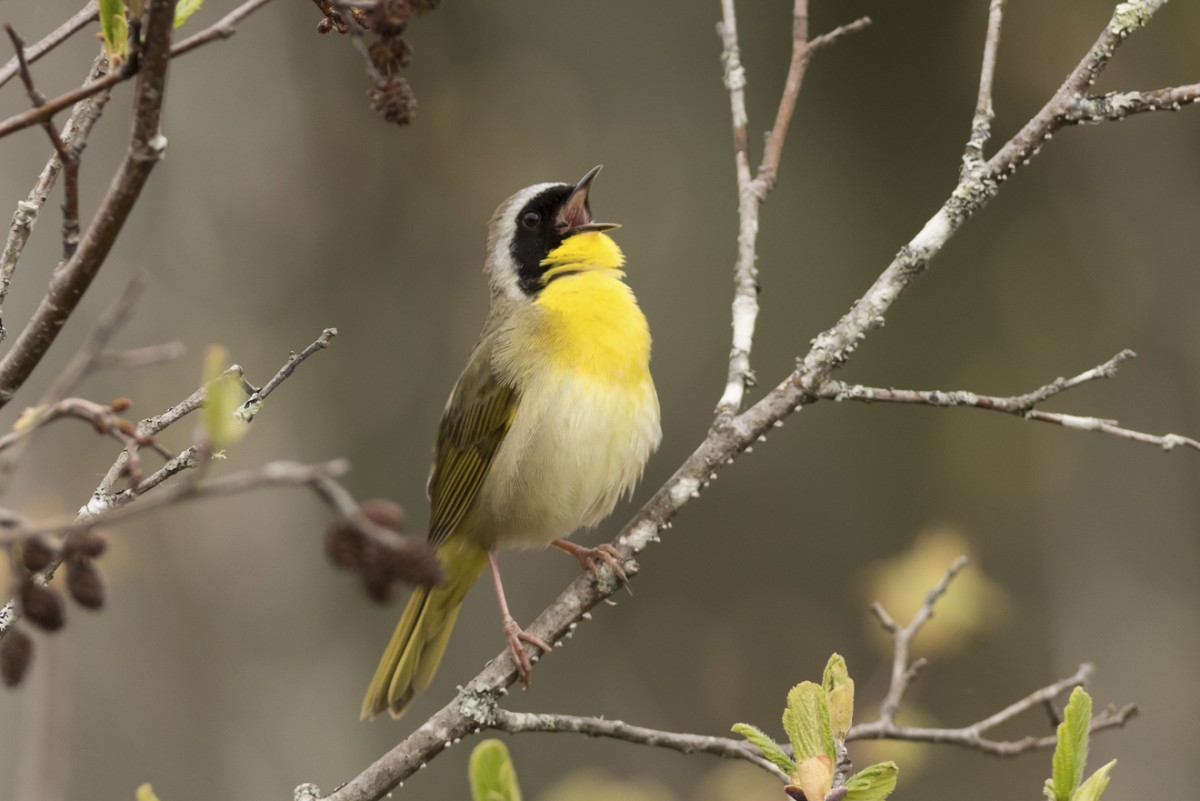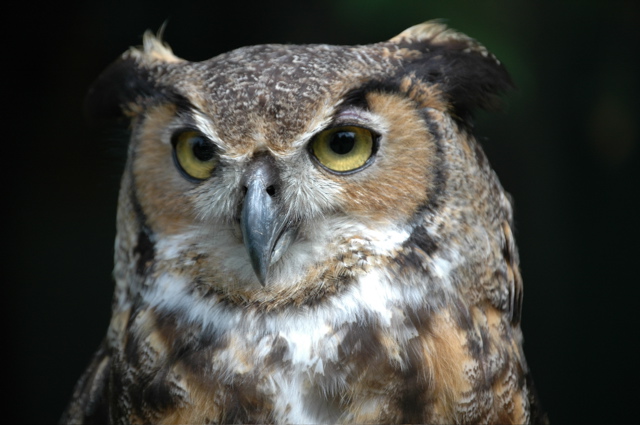On Friday, 5/17 an intense storm come through late day. The National Weather Service had issued tornado warnings. The following day, DOAS Director, Tom Salo was called to a house with a “fledgling” Barred Owl on their lawn. It wasn’t quite a fledgling. It and its siblings had ended up out of their nest tree in the yard. One sibling was just a pile of feathers and guts. The one we were alerted to was standing on the grass not moving – easy prey for a cat or anything else. A parent was nearby, quite upset.

The nest was in a nearby tree, but 30′ up from the ground, making it impossible to reach. I called DOAS Co-President, and former wildlife rehabilitator Susan O’Handley. She advised us to find a nearby safe spot off the ground for this baby owl. Along with the homeowners, we improvised a nest in a child’s play house. We blocked the entry places with plywood so it couldn’t fall out. They would need to fly to get out of there.
After we left, another nestling was found stuck in the fork of a tree nearby. It too was placed in the “nest”. Three days later, the first bird flew out of the play house to perch on a stump in nearby woods. The second nestling unfortunately died by the 4th day. It was probably injured. An adult was persisting nearby suggesting it continued to care for its remaining offspring.
Barred Owls, (Strix varia), typically have one brood each year with 2-3 young per nest. Incubation takes about a full month and the young hatch as semi-altricial (relatively immobile, fed by the adults, down-covered rather than naked). They fledge in about 42 days, but the parent will often continue to care for them for another 3 months or more. Their diet consists mainly of small invertebrates but can also include crustaceans and insects. Barred owls are found in our region year-round and can often be seen active during the daytime.







